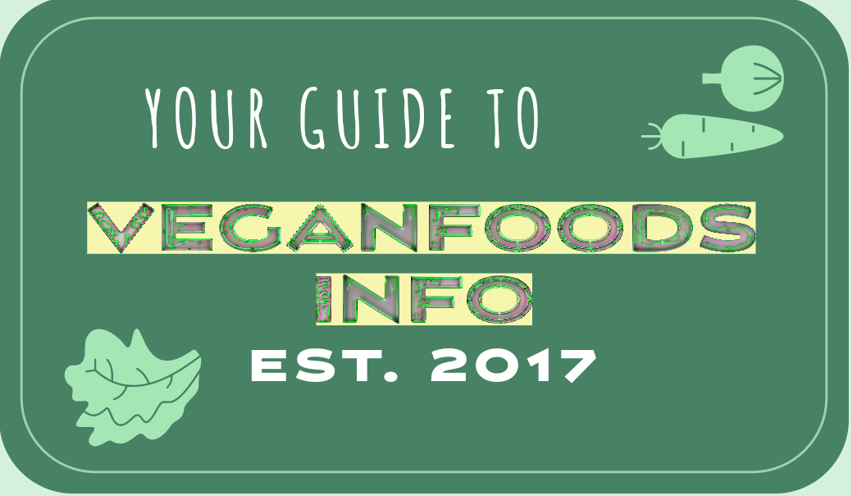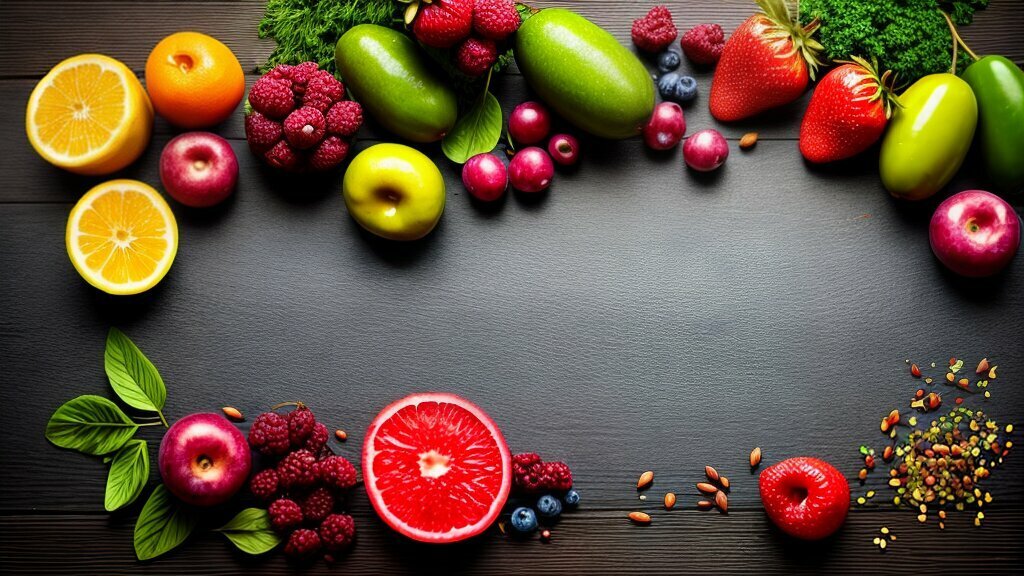Welcome to the world of vegan foods! With more and more people opting for plant-based diets, delicious and healthy vegan options are now widely available. Going vegan is not just a trend but a mindful decision, one that has a positive impact not only on our health but also on the planet.
By choosing vegan foods, you can reduce your carbon footprint, lower your risk of chronic diseases, and even contribute to animal welfare. And the best part is, you don’t have to sacrifice taste or variety. Vegan food is not just salads and tofu, but a diverse range of flavors and cuisines that will satisfy any palate.
Key Takeaways:
- Vegan foods are becoming increasingly popular for their health and environmental benefits.
- Vegan food is not just salads and tofu but a diverse range of flavors and cuisines.
- Choosing vegan foods can help reduce your carbon footprint, lower your risk of chronic diseases, and contribute to animal welfare.
The Basics of Vegan Cooking
Whether you’re a longtime vegan or new to plant-based eating, cooking with vegan ingredients is easier than you might think. With a little knowledge and preparation, you can create delicious and satisfying meals that are both healthy and cruelty-free.
When it comes to vegan cooking, the key is to focus on whole, plant-based ingredients like fruits, vegetables, whole grains, and legumes. These foods provide essential nutrients and fiber while also delivering plenty of flavor.
One of the most important aspects of vegan cooking is finding substitutes for animal products like meat, dairy, and eggs. Fortunately, there are many delicious options available. For example, you can use tofu or tempeh in place of meat in stir-fries or stews, while vegan butter or coconut oil can stand in for dairy butter in baked goods.
Here are some other common vegan substitutes:
| Ingredient | Substitute |
|---|---|
| Milk | Almond milk, soy milk, coconut milk |
| Cheese | Nutritional yeast, vegan cheese substitutes |
| Eggs | Applesauce, mashed banana, flax or chia seeds |
Experimenting with different plant-based ingredients and substitutes is a great way to get creative in the kitchen and discover new flavors and textures.
Another tip for successful vegan cooking is to focus on seasonings and spices to add depth and complexity to your dishes. Try incorporating fresh herbs like basil or cilantro, or experiment with warming spices like cumin or paprika.
With a little practice and experimentation, you’ll soon find that vegan cooking is not only healthy and ethical, but also delicious and satisfying.

Cruelty-Free Food: The Ethical Aspect of Veganism
Choosing a vegan lifestyle goes beyond personal health benefits and into the realm of ethics. By eliminating animal products from our diet, we also help to combat animal cruelty and reduce the negative impact of animal agriculture on the environment.
Animal agriculture contributes significantly to greenhouse gas emissions, deforestation, and habitat destruction. By choosing to consume vegan foods, we can reduce our carbon footprint and take a step towards a more sustainable future.
“The greatness of a nation can be judged by the way its animals are treated.” – Mahatma Gandhi
Supporting cruelty-free food options also helps to promote animal welfare. By choosing vegan foods, we are no longer contributing to the demand for factory farming, which often involves inhumane living conditions for animals and the use of hormones and antibiotics. Instead, we are promoting plant-based foods that are not only delicious and nutritious but also more ethical.
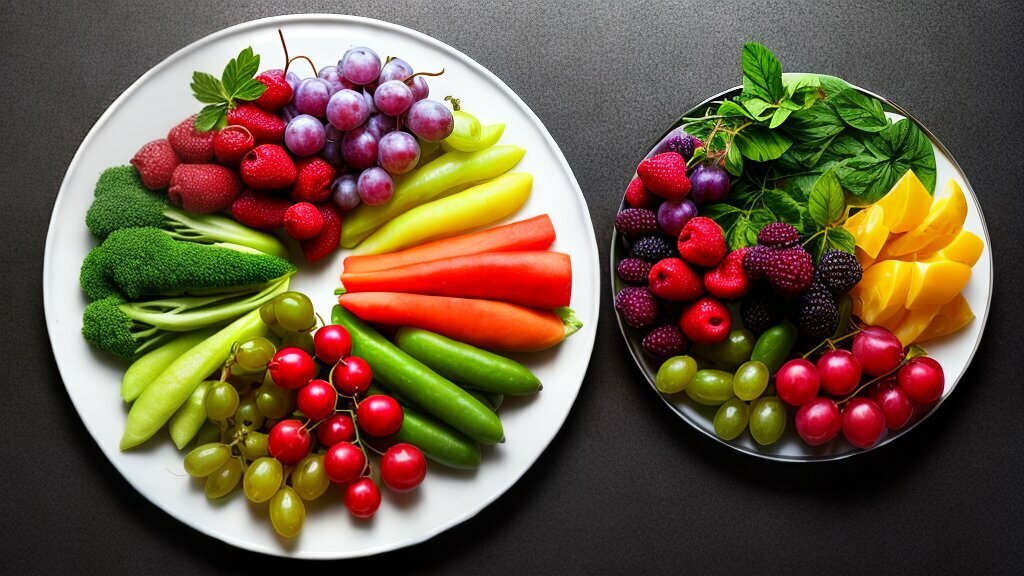
| Benefits of Cruelty-Free Food: |
|---|
| – Reduces greenhouse gas emissions and helps combat climate change |
| – Promotes animal welfare and reduces animal suffering |
| – Supports sustainable food systems and reduces environmental degradation |
| – Encourages the development of new and innovative plant-based foods |
By choosing to consume vegan foods, we can make a positive impact on the world around us and contribute to a more compassionate and sustainable future.
Vegan Nutrition: Meeting Your Dietary Needs
One common concern about following a vegan diet is whether it provides adequate nutrition. However, with careful planning and attention to food choices, a well-planned vegan diet can meet all of your dietary needs.
One important consideration for vegans is getting enough protein. While animal products are often thought of as the primary source of protein, plant-based sources can be equally, if not more, effective. Some great sources of plant-based protein include:
| Food | Protein per serving |
|---|---|
| Lentils | 18 grams |
| Chickpeas | 14.5 grams |
| Quinoa | 8 grams |
| Tofu | 10 grams |
In addition to protein, there are a few key nutrients that vegans should pay particular attention to. These include iron, calcium, and vitamin B12. Good plant-based sources of iron include dark leafy greens, lentils, and fortified cereals. For calcium, turn to plant-based milks, tofu, and dark leafy greens. Vitamin B12 can be more challenging to find in a vegan diet, but it can be obtained through fortified foods or supplements.
Overall, a varied vegan diet can provide all the necessary nutrients, but it’s important to pay attention to your specific requirements and adjust your food choices and vitamin supplementation accordingly.
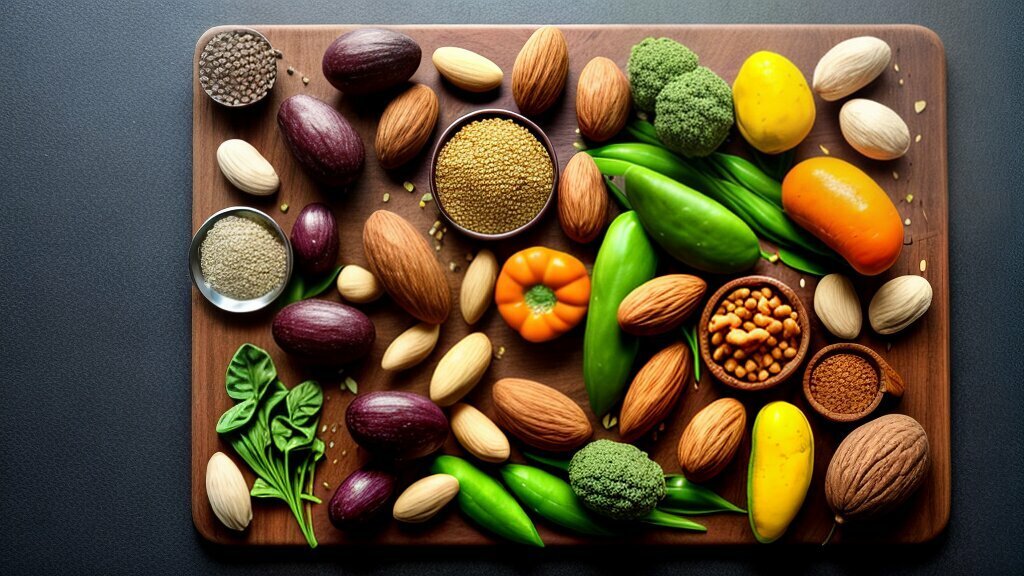
Delicious Vegan Meal Ideas
One of the biggest misconceptions about following a vegan diet is that it is limited and lacks flavor. However, this could not be further from the truth! There are countless creative and delicious vegan recipes that will satisfy even the most discerning taste buds. Below are some mouth-watering vegan meal ideas that will show you just how diverse and tasty plant-based eating can be.
Breakfast
Start your day off right with a vegan breakfast that will give you the energy you need to tackle anything that comes your way. Try a bowl of oatmeal topped with fresh fruit, nut butter and a sprinkle of cinnamon. Or, whip up a batch of vegan pancakes made with almond milk and flaxseed instead of eggs. Craving something savory? Make a tofu scramble with veggies and spices for a protein-packed start to your day.
Lunch
Lunch is the perfect time to pack in some plant-based protein and nutrients. Try a hearty salad with mixed greens, roasted veggies, quinoa, and chickpeas. Wrap up some tempeh bacon, lettuce, and tomato into a vegan BLT. Or, make a power bowl with brown rice, black beans, avocado, and salsa for a filling and flavorful meal.
Dinner
Dinner is the time to get creative and experiment with new recipes. How about trying a vegan mushroom stroganoff with cashew cream sauce? Or, making a veggie-loaded pizza with homemade tomato sauce and dairy-free “cheese”? If you’re in the mood for something spicy, whip up some tofu tacos with a chipotle lime dressing.
Snacks
Snacks are an important part of any healthy diet, and there are plenty of tasty vegan options to choose from. Slice up some veggies and dip them in homemade hummus. Try some roasted chickpeas or kale chips for a crunchy, savory snack. Or, indulge in some vegan chocolate chip cookies made with almond flour and coconut sugar.
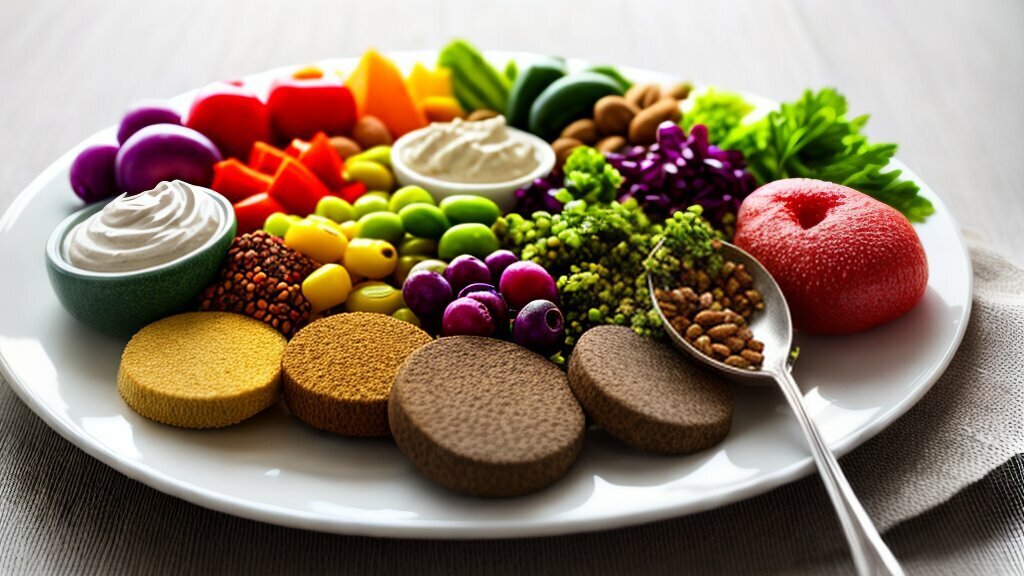
No matter what your culinary preferences are, there are plenty of delicious vegan meal options to try. Experiment with new ingredients, flavors, and cuisines, and you might just discover a new favorite dish.
Exploring Vegan Alternatives to Popular Foods
One of the most common misconceptions about a vegan diet is that it is limited in terms of food options. However, with the rise in popularity of plant-based eating, there are now countless vegan alternatives to popular non-vegan foods.
| Non-Vegan Food | Vegan Alternative | Benefits |
|---|---|---|
| Cow’s milk | Almond milk, soy milk, oat milk, coconut milk | Lower in calories, saturated fat, and cholesterol; eco-friendly alternative |
| Cheese | Nut-based cheese, tofu-based cheese | Lower in saturated fat, cholesterol-free, and cruelty-free |
| Meat | Plant-based meat substitutes such as Beyond Meat or Impossible Burger | Lower in saturated and trans fats, high in protein, and cholesterol-free; environmentally sustainable option |
Many of these alternatives are not only healthier but are also more eco-friendly and cruelty-free. Plus, with alternatives such as nut-based cheese and plant-based meat substitutes, the taste and texture are often very similar to the non-vegan versions.
One popular vegan alternative that has gained a lot of attention is jackfruit. This tropical fruit is often used as a meat substitute due to its fibrous texture and ability to absorb flavors well. It can be used in a variety of dishes, from tacos to sandwiches to stir-fries.
Exploring vegan alternatives to popular foods not only expands your culinary horizons but can also have a positive impact on your health and the environment.
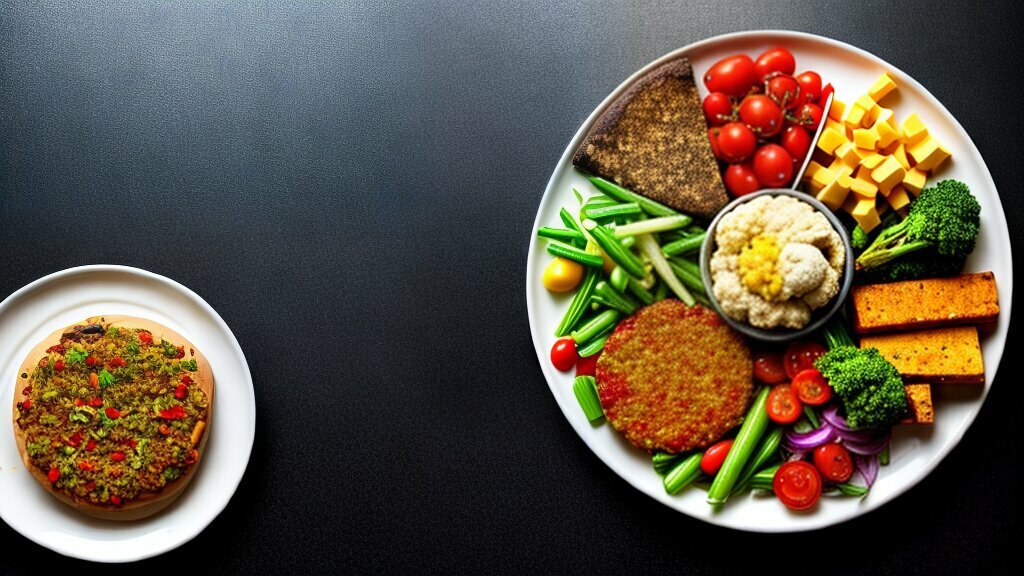
Incorporating Vegan Foods into Your Lifestyle
If you’re interested in incorporating more vegan foods into your diet, there are many easy ways to do so without sacrificing taste or satisfaction. Here are some practical tips to help you along the way:
1. Plan ahead
When it comes to meal planning, take some time at the beginning of the week to plan out your meals and snacks. This will help you to ensure that you have enough ingredients on hand and that you’re getting a good balance of nutrients. Look for recipe ideas online or in vegan cookbooks to keep things interesting.
2. Shop smart
When grocery shopping, focus on the produce section and stock up on lots of fruits and vegetables, whole grains, legumes, and nuts and seeds. These are the building blocks of a healthy vegan diet. Be sure to read labels carefully, as some packaged foods can contain animal-derived ingredients.
| Examples of vegan pantry staples: | Examples of animal-derived ingredients: |
|---|---|
| Quinoa | Beef broth |
| Chickpeas | Butter |
| Brown rice | Egg whites |
| Nuts and seeds | Gelatin |
3. Try new things
Don’t be afraid to try new recipes and ingredients. Exploring the wide range of flavors and textures in vegan cuisine can be an exciting and rewarding experience. Look for vegan versions of your favorite non-vegan dishes, or try new ingredients like tempeh, seitan, or nutritional yeast.
4. Eat out wisely
When eating out, do your research ahead of time to find vegan-friendly options in your area. Many restaurants now offer plant-based alternatives or can modify dishes to suit your needs. If you’re unsure, don’t be afraid to ask questions or request substitutions.
5. Focus on balance
It’s important to make sure that you’re getting a good balance of nutrients in your vegan diet. Include a variety of fruits, vegetables, whole grains, legumes, and plant-based proteins in your meals. Consider taking a daily multivitamin to ensure you’re getting all the necessary vitamins and minerals.
Remember, incorporating more vegan foods into your lifestyle doesn’t have to be difficult or daunting. By following these simple tips, you can enjoy all the health and environmental benefits of a plant-based diet while still enjoying delicious and satisfying meals.
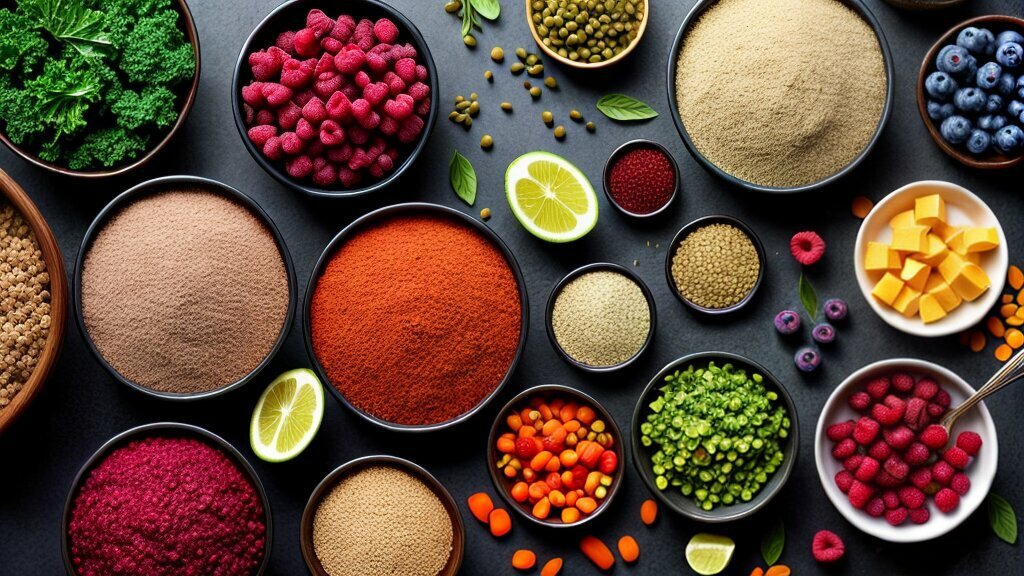
Conclusion
Overall, vegan foods offer a delicious and healthy option for those looking to embrace a plant-based diet. By choosing cruelty-free food, we can make a positive impact on animal welfare and the environment. Incorporating more vegan foods into our lifestyles doesn’t have to be difficult, and there are a wealth of tasty options to explore.
Try Something New
Whether you’re already a committed vegan or simply curious about trying more plant-based foods, there are plenty of exciting recipes to discover. From vegan mac and cheese to chickpea curry, there’s something for everyone to enjoy. Feeling creative? Experiment with making your own dairy-free cheese or meat substitutes using whole foods such as nuts, seeds, and tofu.
Small Changes Can Make a Big Difference
If you’re new to vegan cooking, start by making small changes to your diet. Try swapping out meat for plant-based proteins such as beans or lentils in your favorite recipes. Gradually incorporate more fruits, vegetables, and whole grains into your meals. With time, you’ll find yourself feeling healthier and more energized.
Remember, a plant-based diet is not only good for your health, but also for the planet. By reducing our reliance on animal products, we can help reduce greenhouse gas emissions and decrease our carbon footprint. So why not give vegan foods a try today and discover all the tasty options that are available?
FAQ
Q: Why are vegan foods becoming increasingly popular?
A: Vegan foods have gained popularity due to their numerous health benefits and positive impact on the environment. People are increasingly adopting plant-based diets for ethical, environmental, and health reasons.
Q: What is vegan cooking?
A: Vegan cooking refers to the preparation and cooking of dishes that do not contain any animal products. It focuses on using plant-based ingredients to create delicious and nutritious meals.
Q: What are some common substitutes for animal products in vegan cooking?
A: Common substitutes for animal products in vegan cooking include plant-based milk (such as almond, soy, or oat milk), tofu or tempeh as meat substitutes, and flaxseed or chia seeds as egg replacements.
Q: Why is supporting cruelty-free food important?
A: Choosing cruelty-free food options helps promote animal welfare by reducing demand for products derived from animal exploitation. It supports ethical practices and encourages more sustainable and compassionate food choices.
Q: How can I meet my dietary needs on a vegan diet?
A: Meeting dietary needs on a vegan diet can be achieved by ensuring a diverse and balanced intake of plant-based foods, including fruits, vegetables, whole grains, legumes, and plant-based protein sources like lentils, quinoa, and tofu.
Q: Can you provide some delicious vegan meal ideas?
A: Absolutely! Here are some mouth-watering vegan meal ideas: vegan pancakes with berries for breakfast, roasted vegetable and quinoa salad for lunch, tofu stir-fry with brown rice for dinner, and a refreshing fruit salad for snacks.
Q: What are some vegan alternatives to popular non-vegan foods?
A: There are a variety of vegan alternatives available, such as plant-based milk (such as almond, coconut, or soy milk), vegan cheese made from nuts or soy, and meat substitutes like seitan, tempeh, or tofu.
Q: How can I incorporate more vegan foods into my lifestyle?
A: You can incorporate more vegan foods into your lifestyle by meal planning, exploring new recipes, and incorporating plant-based ingredients into your favorite dishes. Additionally, opting for vegan options when eating out and choosing a variety of whole, unprocessed foods can also help.
